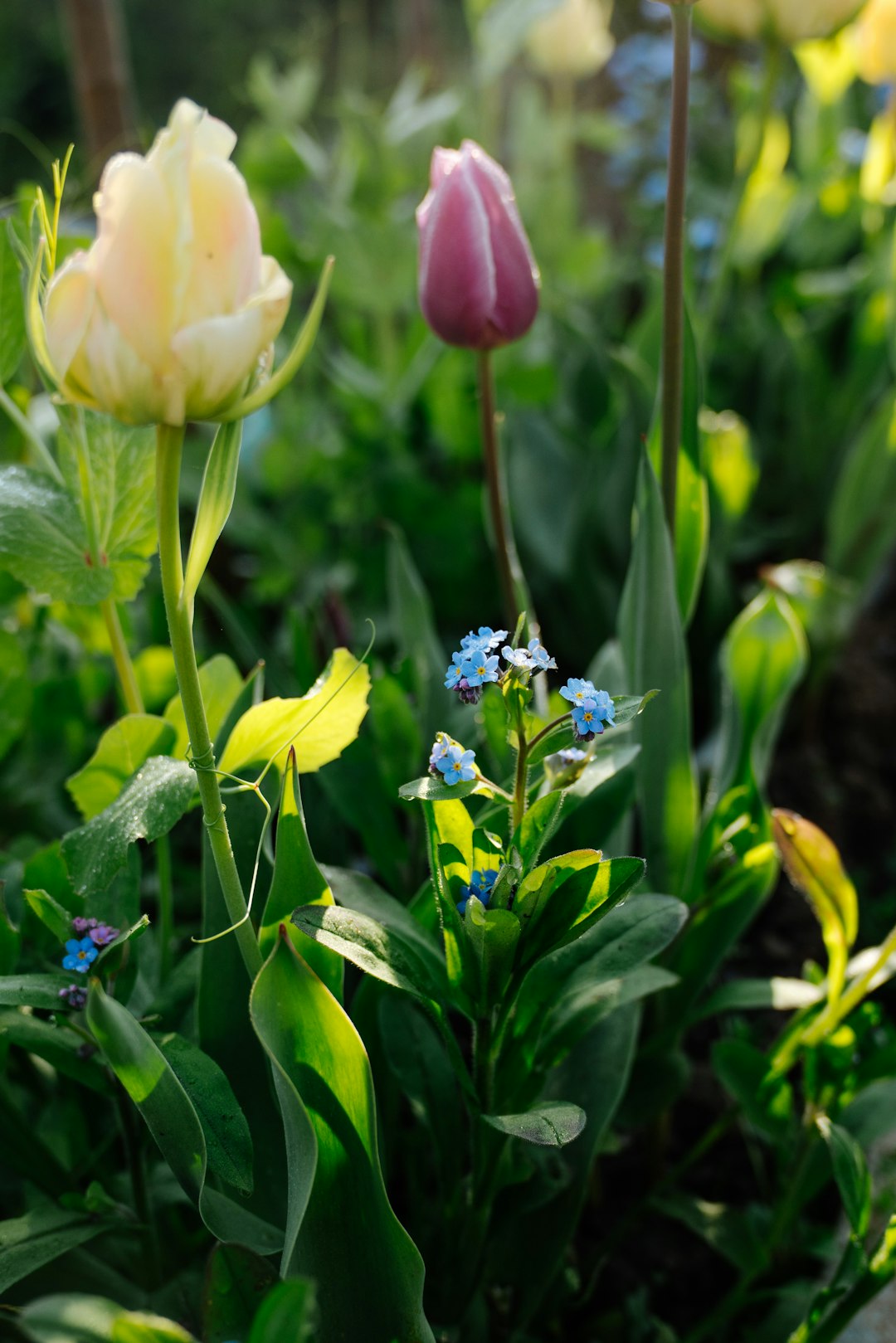The Enchanting Purple Foliage in Garden Landscapes

In the realm of garden design, there exists a captivating group of plants that bring a unique and enduring charm with their purple foliage. From the delicate plum - like shades to the deep, almost black hues, these foliage stars are a true delight for any gardening enthusiast.
One of the remarkable aspects of these purple - leaved plants is their ability to maintain their vibrant color throughout different seasons. Even after the flowers have faded, the foliage remains a focal point in the garden. This long - lasting color makes them an invaluable addition to any garden design, providing a consistent source of visual interest.
When it comes to incorporating these purple foliage plants into your garden, there are several design strategies to consider. For a bold and dramatic look, you can create a mass planting of a single variety. Imagine a large bed filled with Heuchera 'Palace Purple', its ruffled, purple - bronze leaves creating a sea of color. The uniformity of the planting will draw the eye and make a strong statement in the garden.
Another approach is to use these plants as accents. Pair them with plants of contrasting colors to create a striking visual contrast. For example, the purple foliage of Cotinus coggygria 'Royal Purple' looks stunning when placed next to the bright yellow flowers of Coreopsis. The combination of the deep purple leaves and the sunny yellow blooms creates a dynamic and eye - catching display.
These purple foliage plants also work well in different garden styles. In a formal garden, they can be used to line paths or define borders. Their structured appearance and consistent color add a sense of order and elegance. In a cottage garden, on the other hand, they can be mixed with a variety of other plants, adding a touch of sophistication to the more informal and relaxed setting.
Some purple foliage plants are also known for their adaptability. They can thrive in a range of soil conditions and light levels. For instance, Ajuga reptans 'Black Scallop' is a low - growing ground cover that can tolerate partial shade. It spreads quickly, forming a dense mat of purple - black foliage that helps to suppress weeds and add texture to the garden floor.
When designing with purple foliage, it's important to think about the overall color scheme of the garden. Purple is a versatile color that can be combined with many other hues. It pairs well with cool colors like blue and green, creating a calming and harmonious effect. It also works beautifully with warm colors such as orange and red, adding a sense of energy and excitement to the garden.
In addition to their aesthetic appeal, many of these purple foliage plants have other benefits. Some are attractive to pollinators, such as bees and butterflies, which can help to support the local ecosystem. Others may have medicinal or culinary uses. For example, some varieties of purple basil can be used in cooking, adding a unique flavor to dishes.
As you plan your garden design, don't overlook the potential of these purple foliage stars. They offer a world of possibilities for creating a beautiful and dynamic garden that will be admired throughout the seasons. Whether you're a novice gardener or an experienced horticulturist, incorporating these plants into your garden can take your garden design to the next level.
So, go ahead and explore the wonderful world of purple foliage plants. Experiment with different combinations and design ideas, and watch as your garden transforms into a haven of color and beauty.